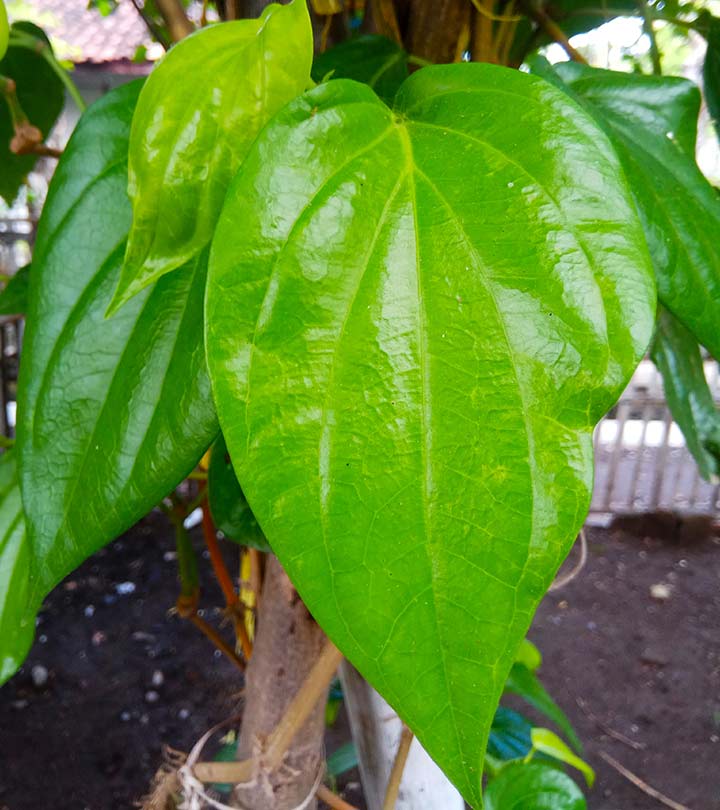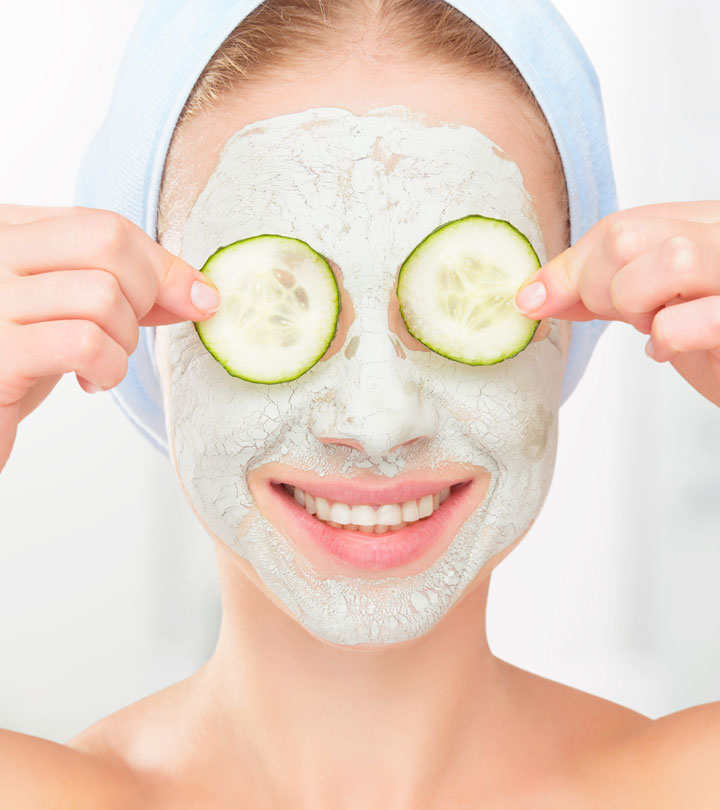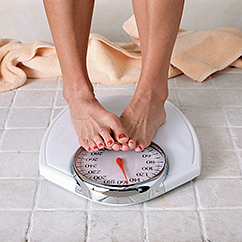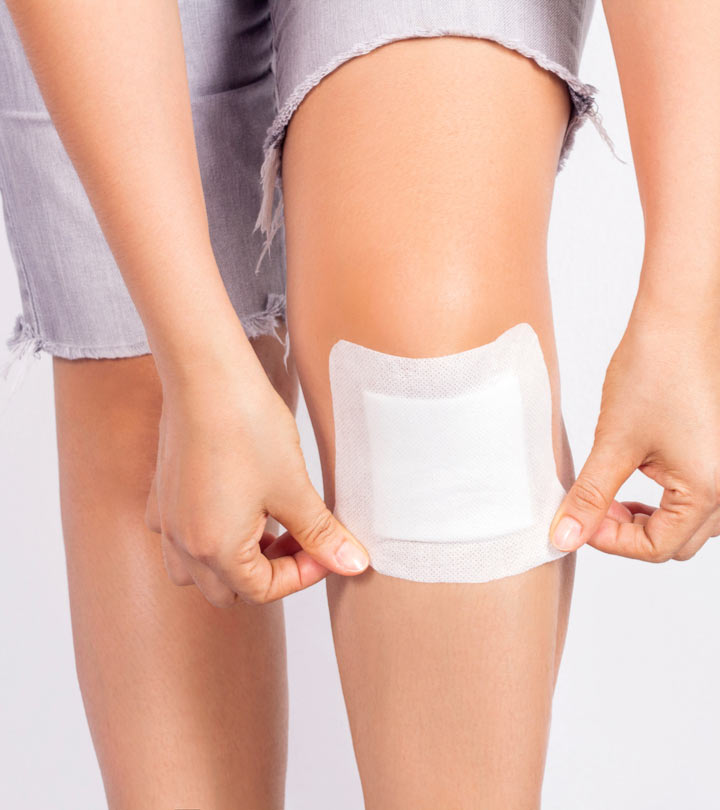From helping manage diabetes and dental infections to reducing the effects of cancer, the purported benefits of betel leaves are surely impressive. These leaves are available in over 100 varieties and have applications in Indian and Chinese medicine (1), (2).
In this article, we delve deep into betel leaves, their benefits, their potential side effects, and how their intake is associated with oral and throat cancers. So, let us get started!
StyleCraze TriviaBetel leaves grow on the betel vine that belongs to the same plant family as pepper and kava. Betel nuts, on the contrary, do not grow on the betel vine and instead are the fruits of the areca palm tree.
In This Article
Betel Leaf: In Detail
Shutterstock
Betel leaf is also referred to as ‘Green Gold.’ It is an ancient asset of Indian medicine (Ayurveda), and its use in India dates back to 400 BC.
Piper betle or betel leaf belongs to the Piperaceae family (the Black pepper family). There are about 100 varieties of betel vine in the world, of which about 40 are found in India. According to folk medicine, betel leaf can help in the treatment of headache, itching, mastitisi XA painful infection or inflammation of the breast tissue which causes breast pain, redness and swelling. , cuts, abrasions, constipation, and injuries (1), (2).
Its essential oil possesses antibacterial, antiprotozoali XA class of drugs used to treat infections that are caused by protozoa, single-cellular organisms that cause tissue damage. , and antifungal properties (1). Scroll down to the next section to find out more about the benefits of betel leaf.
How Does Betel Leaf Benefit Your Health?
Contrary to popular belief, betel leaf offers several health benefits. It has a positive effect on blood glucose control, dental health, wound healing, and viral infections.
1. May Help Manage Diabetes
Red betel leaves may lower blood glucose levels. They contain active molecules called tanninsi XCommonly called tannic acid, it refers to polyphenols present in plant food that precipitate protein and have astringent properties. that have antidiabetic properties. Betel alkaloids can lower blood glucose levels by inhibiting glucose absorption in the intestine (3).
This leaf also contains a variety of polyphenols that have excellent antioxidant potential. These molecules protect the pancreatic cells from free radical damage.
In India, eating paan (betel quid) after meals is a common practice. Rat studies have proven that this practice can lower the biomarkers of hyperglycemia (high blood sugar) (3), (4).
Related: Easy Ways To Lower Blood Sugar Naturally And Safely
2. May Promote Dental Health
Shutterstock
Like tattoos, teeth blackening was a craze in Southeast Asia. It was done using plant extracts and minerals. This procedure is said to be good for your teeth. It can prevent oral infections and painful dental procedures (5).
Betel vine is one of the plants linked to teeth blackening. A betel quid made with areca nut, slaked lime, and betel leaves has similar properties (5), (6).
However, betel leaf also releases catecholaminesi XA class of aromatic neurotransmitters that provide significant responses during stress. This includes hormones, such as adrenaline. that interact with the compounds released by areca nut and slaked lime. This, in turn, can cause oral and throat cancers (5), (6).
StyleCraze SaysInstead of chewing betel leaves as they are or chewing on potentially dangerous betel quids, you can add chopped betel leaves to your salad to add texture and enjoy their characteristic peppery flavor.
3. Accelerates Wound Healing
High oxidative stress, i.e., free radicals in your body, can delay wound healing. Delayed wound healing is one of the critical complications seen in type 1 diabetes. Herbal extracts of betel leaf may be effective in treating such sensitive cases (7).
Betel leaf contains polyphenols that have antioxidant properties. They boost the activity of the free radical-scavenging enzymes in your body, like superoxide dismutase and catalase (7).
Applying its extract to wounded rats increased the rate of wound healing. It boosted the content of hydroxyproline, a major component of collagen in these rats. Higher collagen content facilitates rapid wound repair and tissue regeneration (7).
Related: 6 Easy Home Remedies To Stop Bleeding Quickly
4. May Reduce Cough And Congestion
Shutterstock
According to traditional medicine, betel leaves can relieve cough. These leaves are soaked in mustard oil, warmed, and applied to the chest to ease congestion in the lungs (8).
Betel leaf juice with honey can be given to children to get rid of phlegm and wet cough, thanks to its warm and spicy flavor. Literature suggests that this plant can treat bronchitisi XInflammation of the bronchial tubes that carry air to and from lungs. Its symptoms include coughing and shortness of breath. too. Its essential oils are thought to play a vital role in this property (8), (9).
Related: How To Stop Coughing – 26 Home Remedies That Can Help
5. May Help Combat Cancer
This leaf contains a high amount of a carcinogeni XA substance, agent or organism naturally present in the environment that has the potential to cause cancer. called safrole. However, it gets metabolized to dihydroxychavicol and eugenol. Both of these compounds are excreted via urine (1).
Betel leaf exhibits antioxidant, antimutagenici XThey are agents that interfere with the mutagenicity of a substance and help reduce the rate of mutations. , and anticancer properties. The betel phytochemicals are responsible for these properties. This means betel quids may not be cancer-causing at a non-addictive level of consumption (unless you make them with tobacco). Tobacco quids are linked to oral cancer (1).
In fact, the compounds in betel leaf – hydroxychavicol and chlorogenic acid – counter the carcinogens from tobacco. They can selectively kill the cancerous cells without affecting the healthy cells, unlike common cancer drugs and relevant therapeutic procedures (1).
More On Paan!
- Indian scriptures consider betel leaf to be auspicious and significant. This leaf is used to make paan or betel quid (1). Paan is made with areca nut pieces, slaked lime, and several kinds of mouth fresheners wrapped in a fresh betel leaf.
- Paan is an excellent mouth freshener. You can spot it at weddings, pujas (ceremonies and rituals), and shraadh (religious rites after cremation). It is often served to the guests after a meal as a mark of respect and tradition (1).
- Betel leaf holds a lot of significance in Sri Lanka, Bangladesh, Burma, China, Indonesia, Malaysia, Nepal, Pakistan, Philippines, South Africa, and Thailand (1).
- Chewing on paan may induce a sense of well-being, alertness, increased heartbeat, and mild euphoria.
- Betel leaf by itself may not contain nicotine. Only when you add tobacco to the quids does nicotine come into play.
- Diabetic rat studies show that betel leaf extracts may trigger body-weight loss. However, no human trials are vouching for this fact yet.
That’s how betel phytochemicals protect your organ systems. However, there’s a lot written about the side effects of betel leaf as well. Many studies paint this plant in a poor light. Scroll down to the next section to find out more.
What Are The Side Effects Of Betel Leaf?
Shutterstock
When you chew a betel leaf, it releases certain active chemicals like catecholamines. These chemicals interact with other secretions of areca nut and slaked lime if you have a betel quid. These chemical interactions may cause serious side effects (10), (11), (12), (13):
- May have psychoactivei XThese are substances that can change functions of the nervous system and alter mood, perception, consciousness, and behavior. properties
- Affect your central nervous system (CNS)
- Cause mouth and esophageal (food pipe) cancer
- Disturb your oral microbiome (the good microbes in your mouth)
- Can have a negative impact on pregnancy, childbirth, and fetal development
- Linked to addiction and withdrawal issues
Moreover, a definite daily intake limit for betel leaves has not been scientifically established yet.
Due to these hazardous effects, the World Health Organization (WHO) has publicly stated that betel quid products are a health threat to those consuming them (12).
Infographic: Betel Leaf Ice Cream (Paan Kulfi) Recipe
Now that you are aware of the benefits of betel leaves, you would certainly want to include them in your diet. While “paan” is the most common way to have them, there are many other interesting sweet and savory culinary preparations made with betel leaves. Take a look at the infographic below to learn how to make some delicious betel leaf ice cream or “paan kulfi”. This not only acts as a palate cleanser but also tantalizes your taste buds.
The benefits of betel leaves are numerous. Their tannin content may help manage diabetes. They can also promote dental health, and their antioxidants accelerate wound healing. Betel leaves may also reduce the risk of cancer. However, over-usage may trigger a few undesirable side effects like addiction and a negative impact on fetal development and the central nervous system. Hence, caution is advised.
















